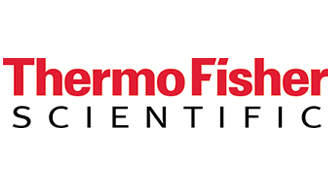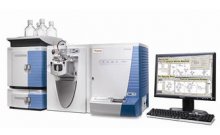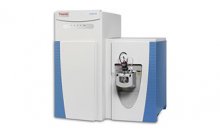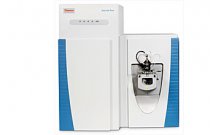使用Data Dependent Decision Tree方法在一次分析中同时进行ETD和CID从而提高蛋白质组鉴定覆盖率
简介:
With the introduction of electron transfer dissociation (ETD) on the Thermo Scientific LTQ Orbitrap mass spectrometers, ETD is now a widely accepted alternative dissociation technique and used together with the more traditional collision-induced dissociation (CID). ETD has shown to be complementary to CID and is mainly used to increase proteome coverage and for analysis of labile post-translation modifications (PTM) which are preserved in ETD.
To make use of the complementary nature of CID and ETD, samples would have to be injected twice for each method or CID and ETD spectra have to be generated for each precursor ions which leads to an increase of cycle time.
Josh Coon and co-workers have found in a large-scale study that peptides can have a higher probability of identification in a database search using either CID or ETD depending on the peptide charge state z and mass-tocharge ratio (m/z)2. These rules have been implemented in a data-dependent decision tree (DDDT) logic in the instrument method setup. The aim of the directed fragmentation is to inject a sample only once and the dissociation method that most likely will lead to a positive identification of the peptide will be applied
仪器:
总结:
We have shown that the data-dependent decision tree method improves peptide and protein identifications compared
to separate runs using CID and ETD. This is especially useful when low sample amounts and/or limited instrument time are available. Furthermore, we show that Proteome Discoverer has all the tools that are necessary for data mining of mixed raw files containing CID and ETD spectra.




